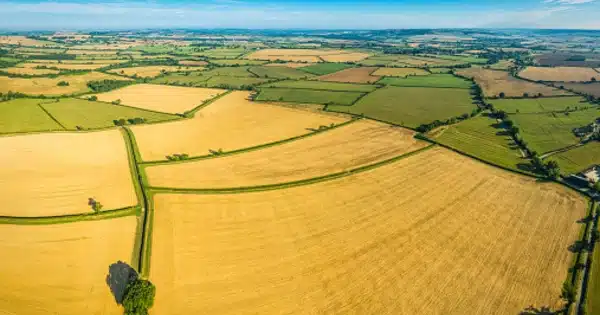Landscape connectedness is defined as “the degree to which the landscape facilitates or impedes movement among resource patches” in landscape ecology. It is a branch of ecology that studies landscapes, which are spatially heterogeneous places that contain a variety of ecosystems, habitats, and landforms. Connectivity may also be a continuous aspect of the terrain, regardless of patches and routes. It aims to comprehend the biological processes and patterns that occur across various landscapes, as well as how they influence the distribution and abundance of animals and the functioning of ecosystems.
Landscape ecology analyzes and models the connections between ecological systems and their surrounding surroundings by combining principles from ecology, geography, and other disciplines. connectedness encompasses both structural connectedness (the physical arrangements of disturbance and/or patches) and functional connectivity (individual movement across disturbance contours and/or among patches).
Actual connectedness (needs observations of individual movements) and prospective connectivity (movement paths are projected using life-history data) are two types of functional connectivity. Landscape connectedness, a similar but distinct notion proposed by Jacques Baudry, refers to structural links between elements of spatial structures of a landscape, focusing on the topology of landscape features rather than ecological processes.
Key concepts and principles of landscape ecology include:
- Landscape Structure: Landscape ecologists analyze the physical and spatial arrangement of different elements within a landscape, such as forests, wetlands, rivers, and urban areas. This includes metrics like patch size, shape, and connectivity.
- Landscape Function: This involves studying the ecological processes that occur within landscapes, such as nutrient cycling, water flow, and wildlife movement. Understanding how these processes operate at various scales is essential.
- Landscape Dynamics: Landscape ecologists examine how landscapes change over time due to natural and human-induced factors. This includes processes like succession, disturbance regimes, and land-use change.
- Spatial Patterns: Identifying and quantifying spatial patterns in landscapes helps researchers understand how organisms and ecological processes are distributed across different patches within a landscape.
- Scale: Landscape ecology operates at multiple scales, from local (e.g., individual ecosystems) to regional (e.g., watersheds) and even global (e.g., climate change impacts on landscapes). Scaling issues are crucial for understanding ecological phenomena.
Landscape ecology can help with conservation initiatives and land management methods. It aids in identifying crucial locations for habitat conservation, prioritizing restoration efforts, and comprehending the implications of land-use decisions. Landscape ecologists frequently employ computer models and geographic information systems (GIS) technologies to simulate and study landscape patterns and processes. These tools assist researchers in making predictions and making decisions.
Landscape ecology is especially crucial for solving current environmental issues such as habitat fragmentation, biodiversity loss, urbanization, and the consequences of climate change. Landscape ecologists contribute to our understanding of how to better manage and maintain natural resources and ecosystems on a broader scale by taking into account the spatial context and relationships across ecosystems.
















